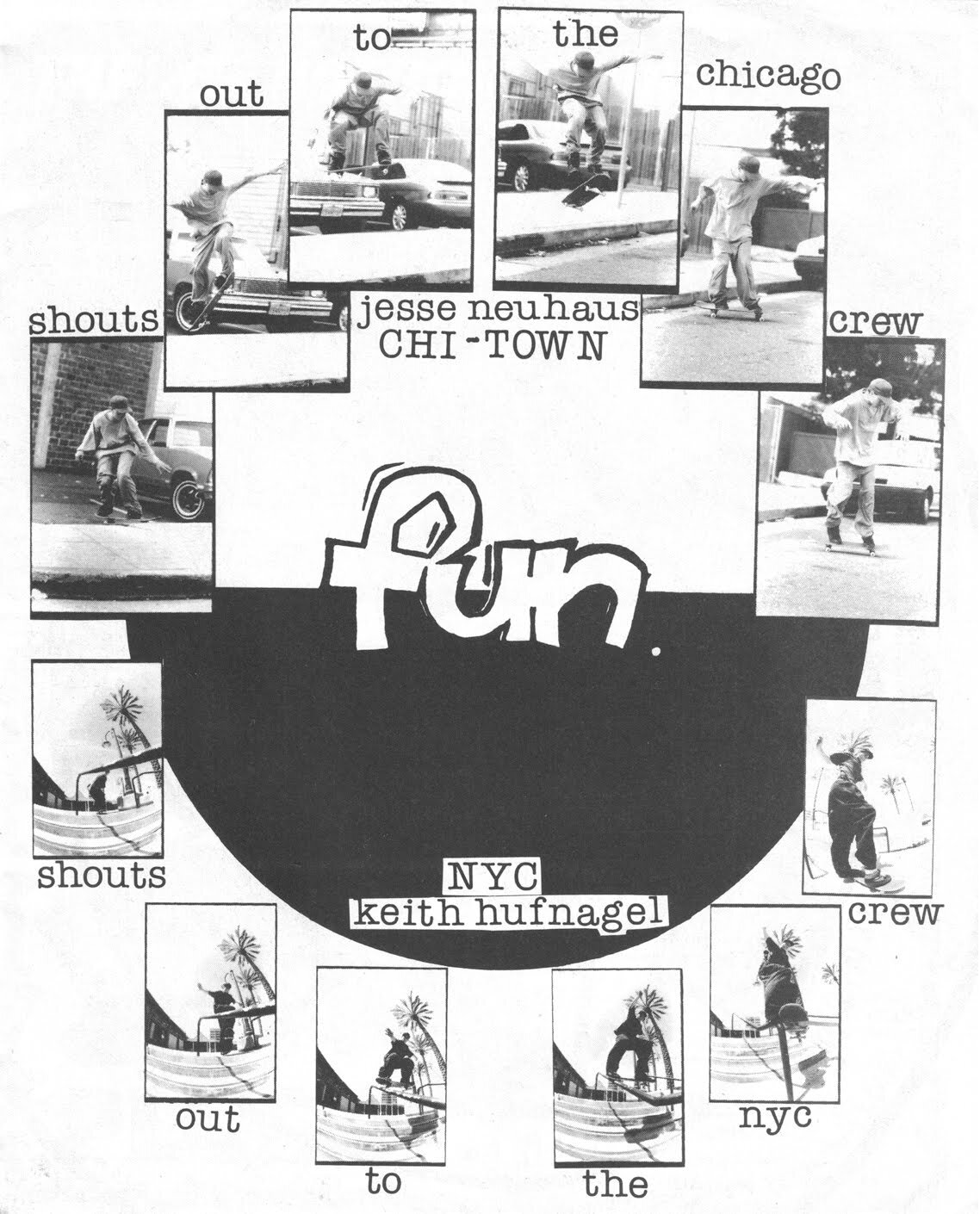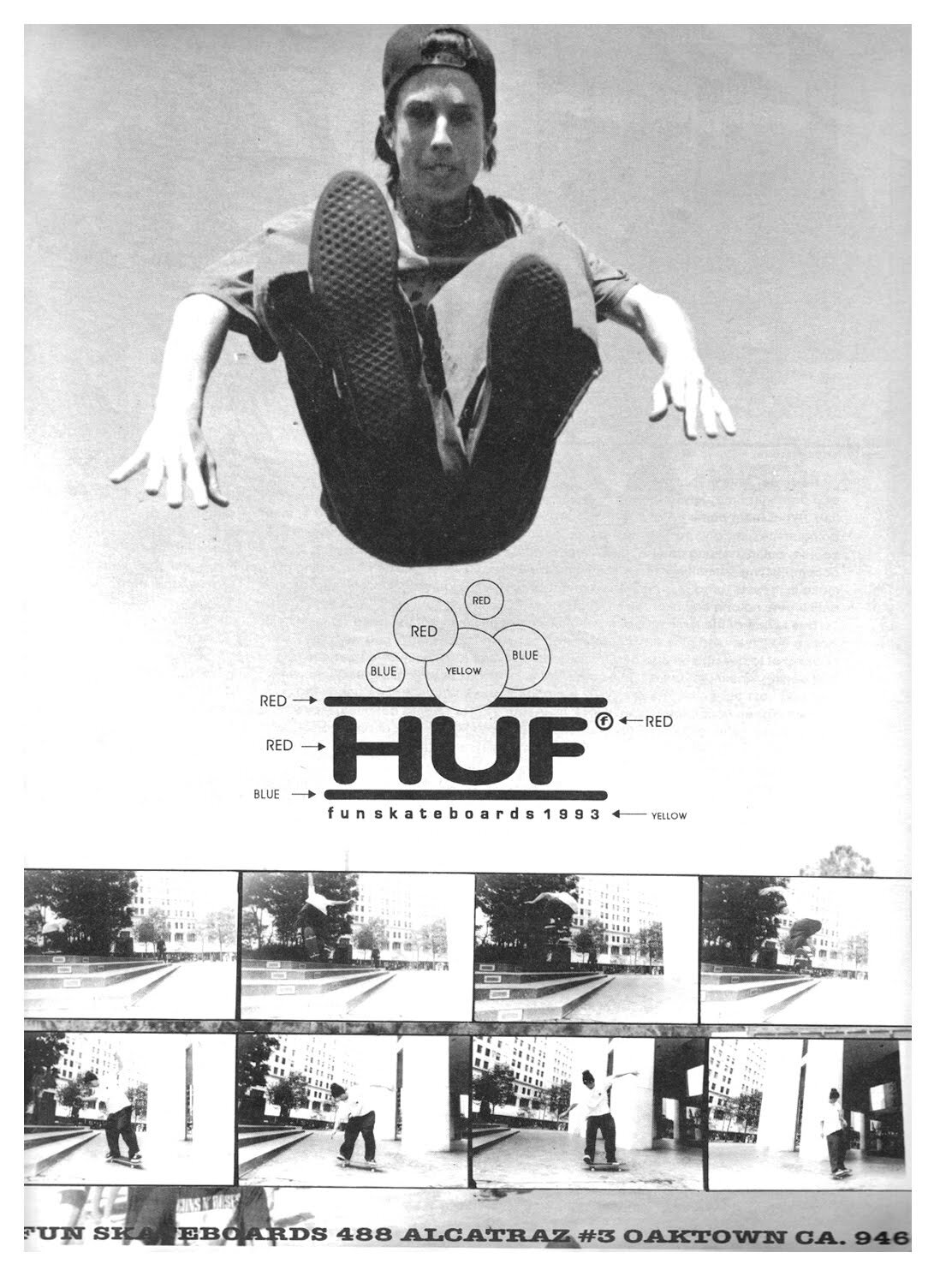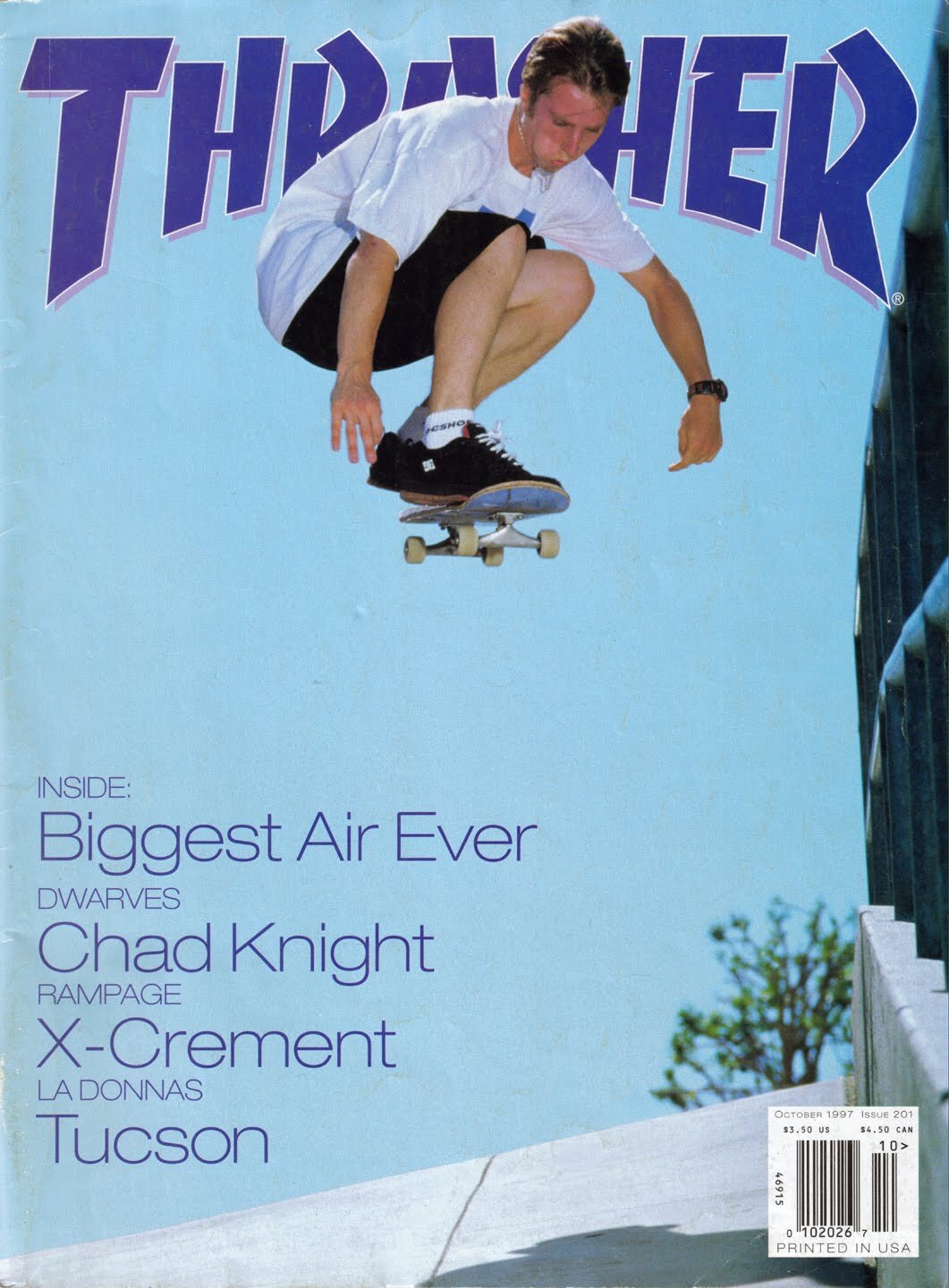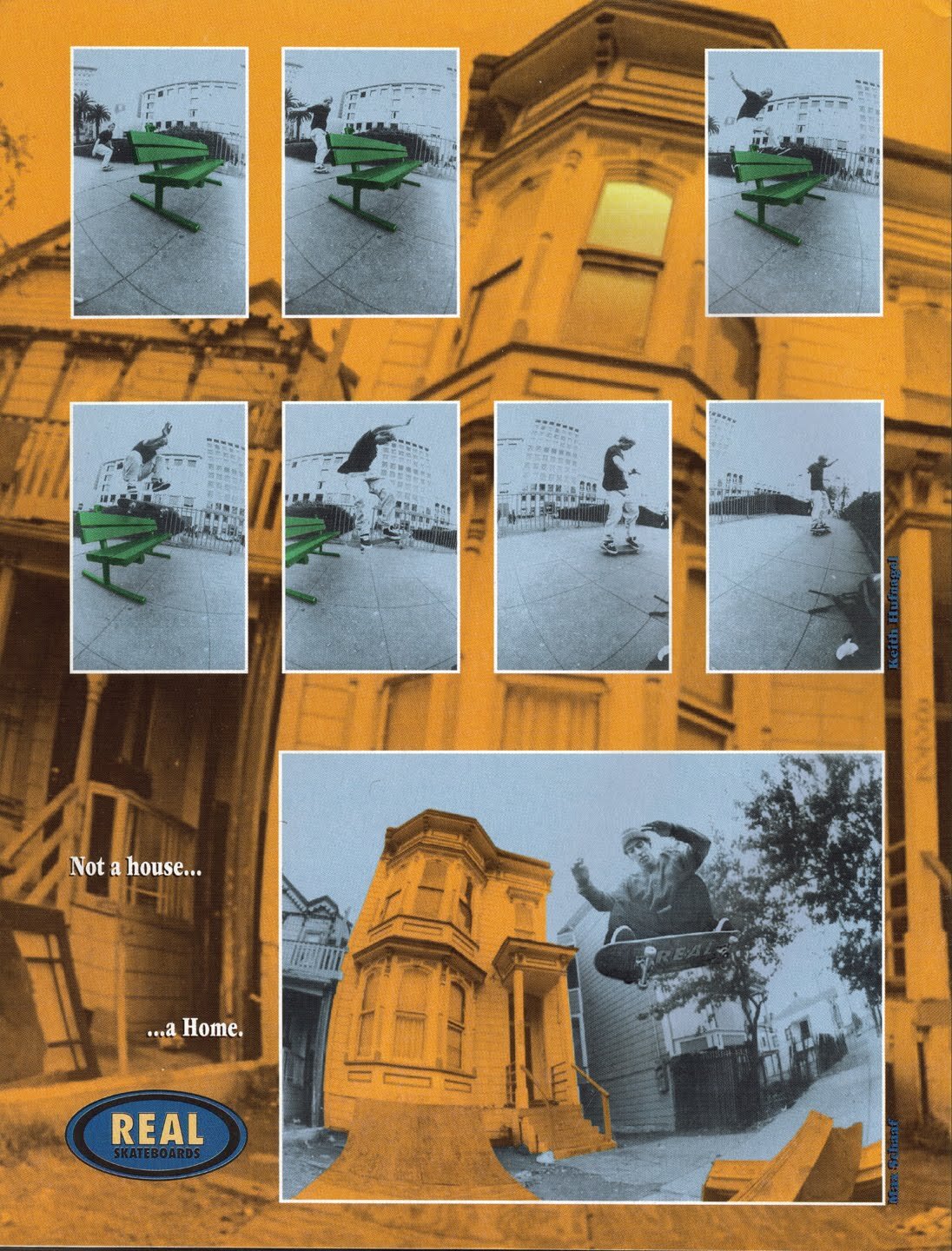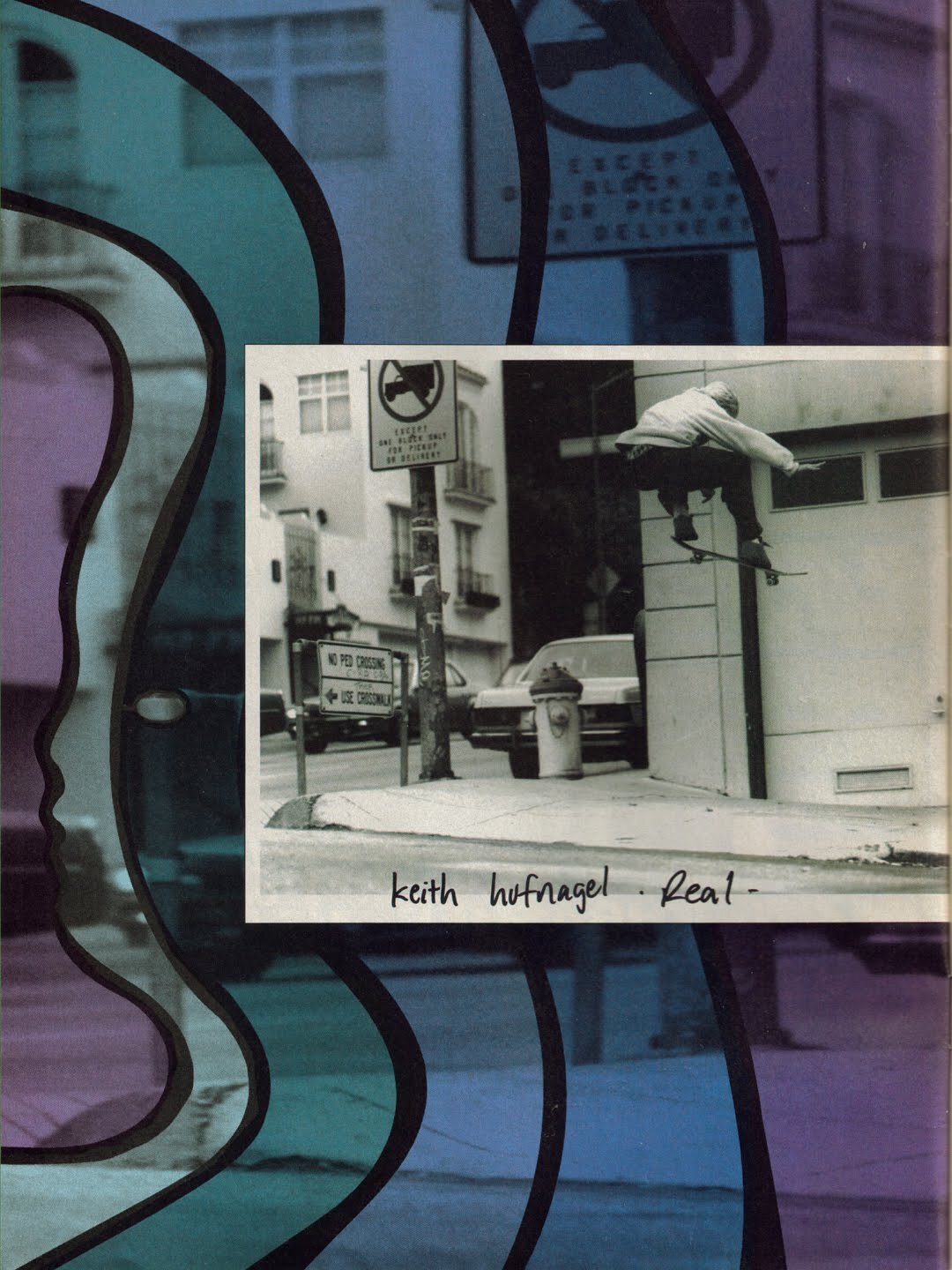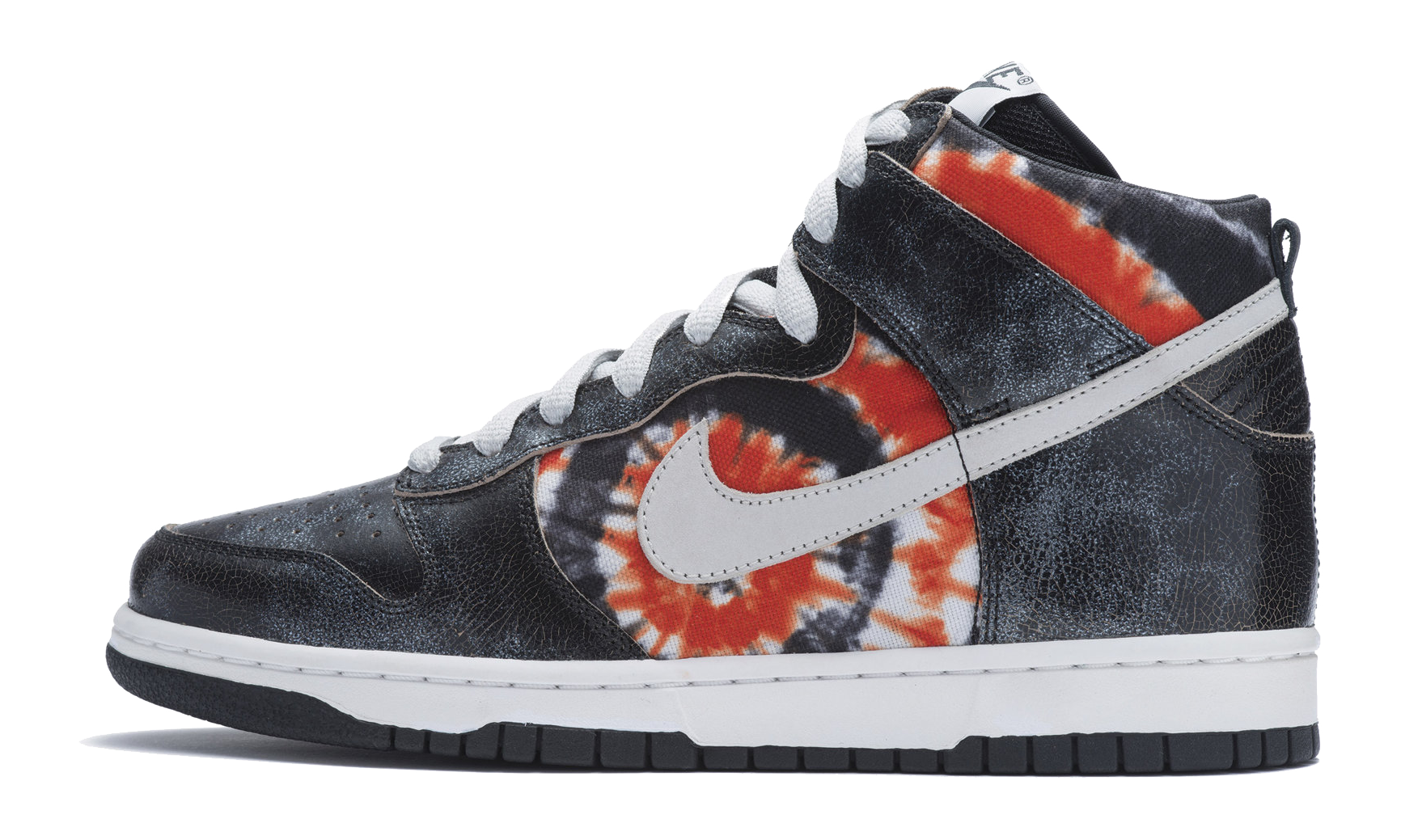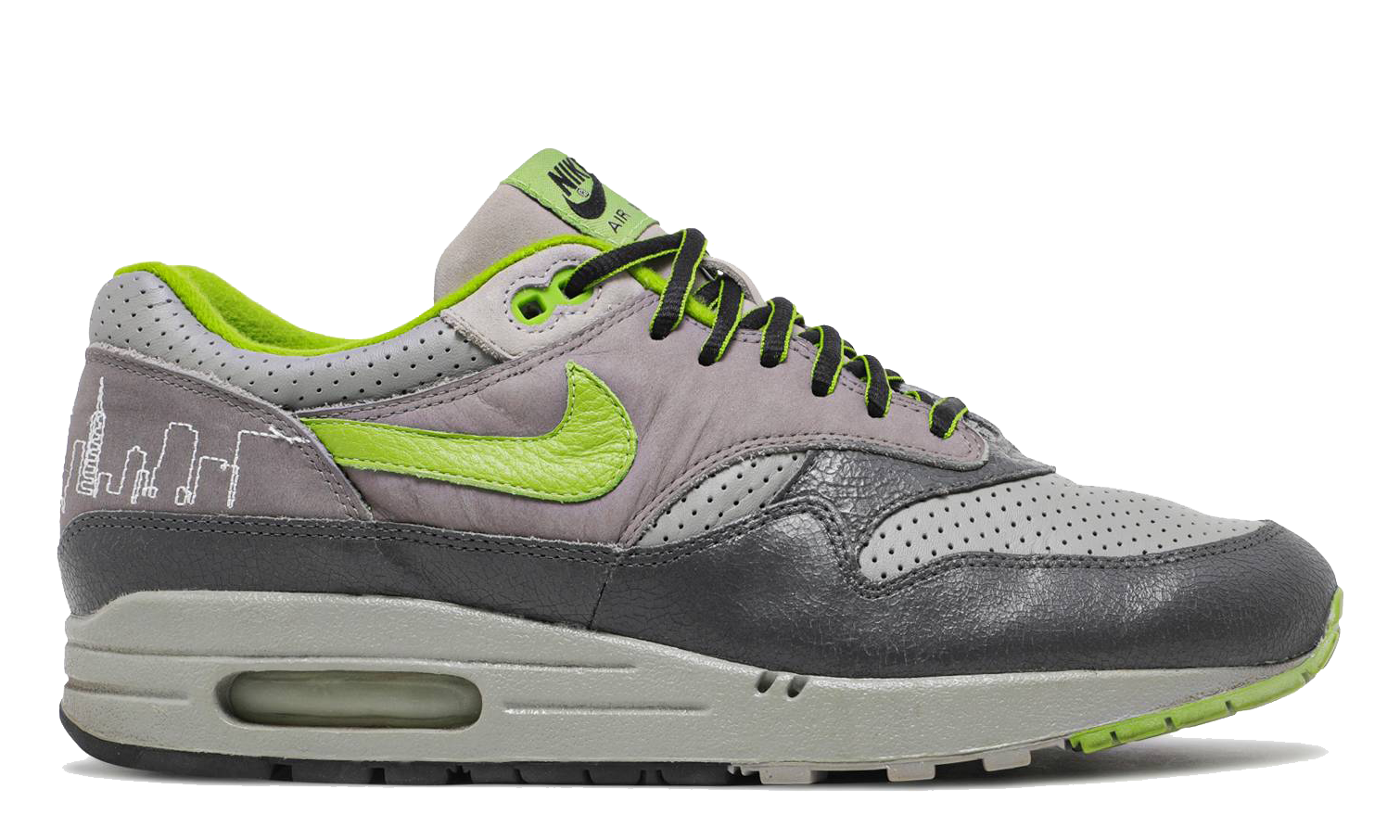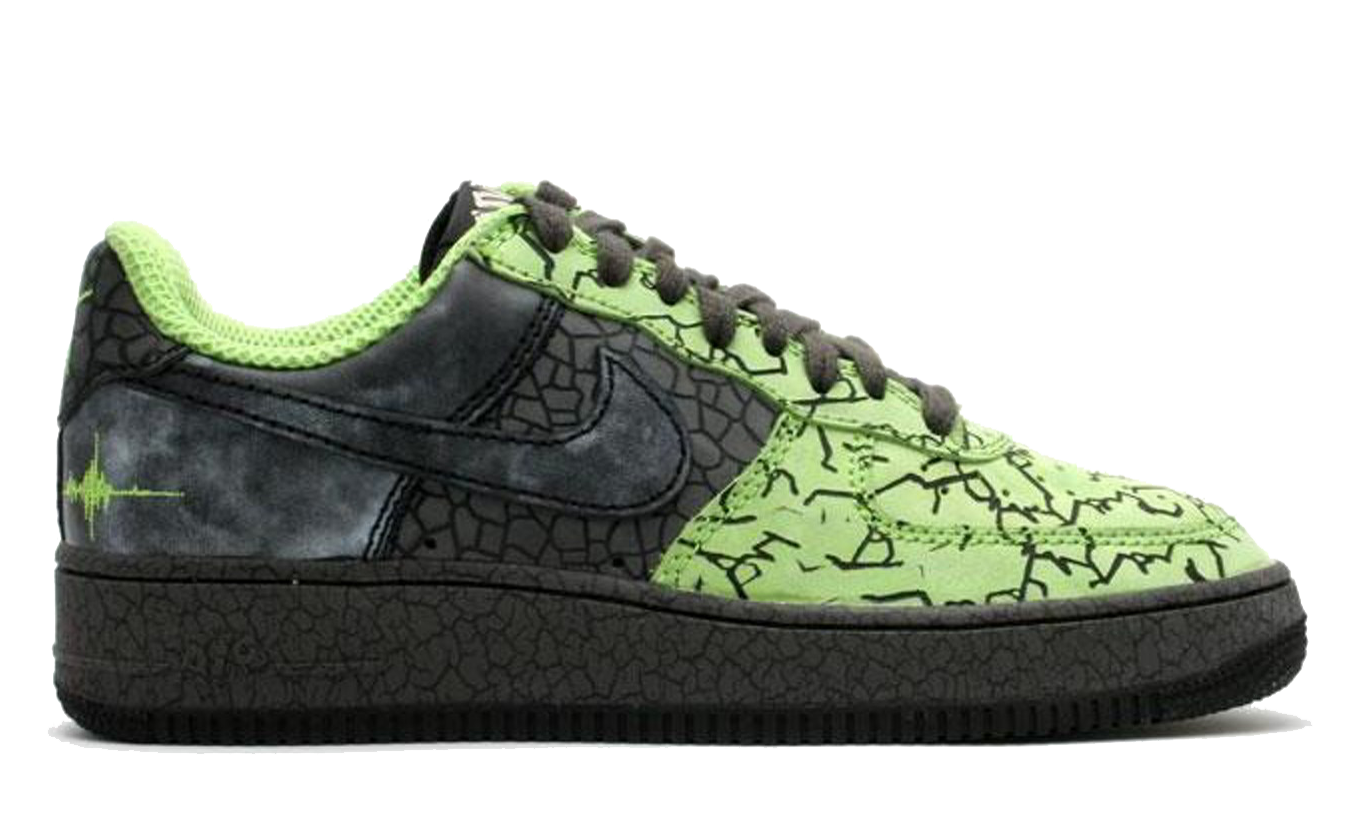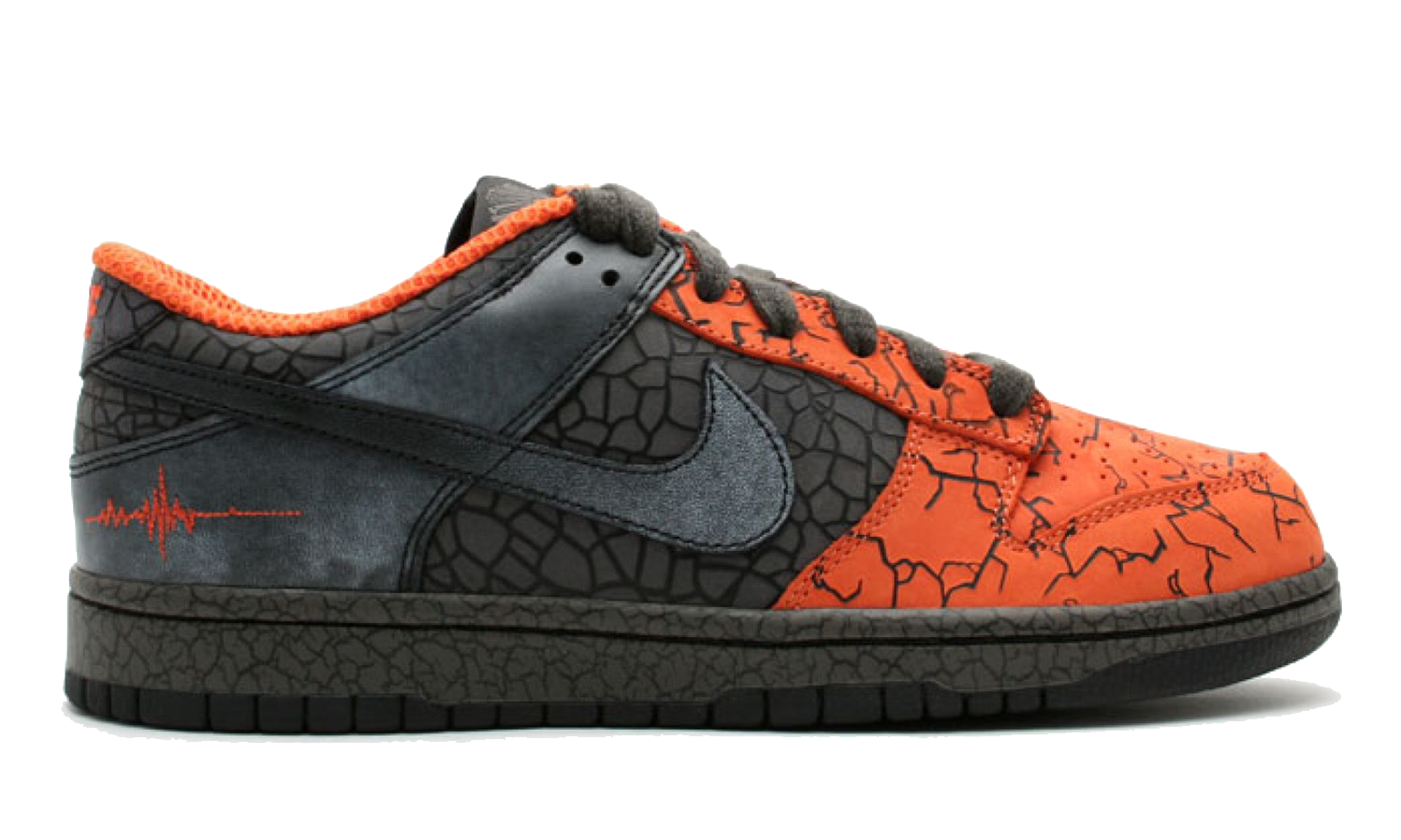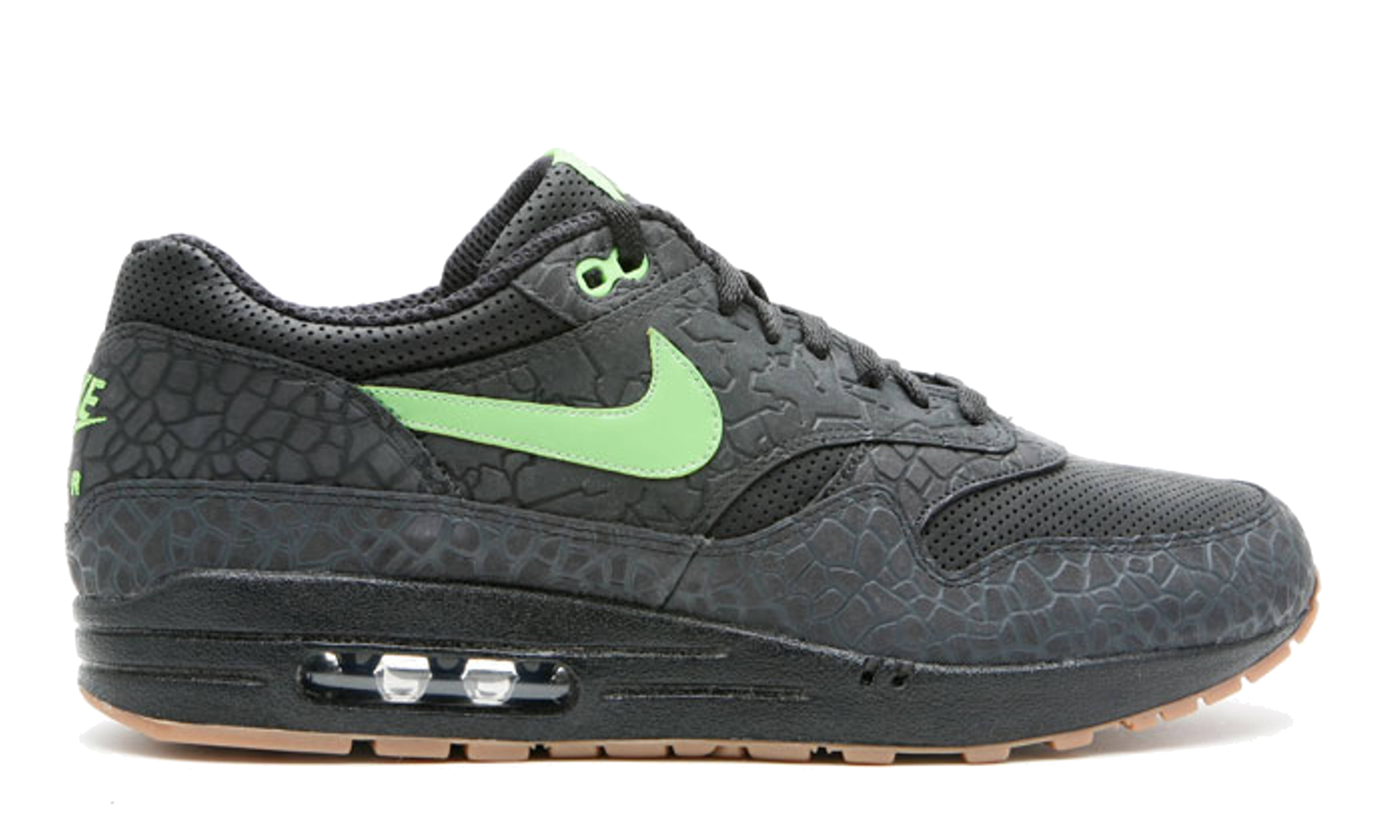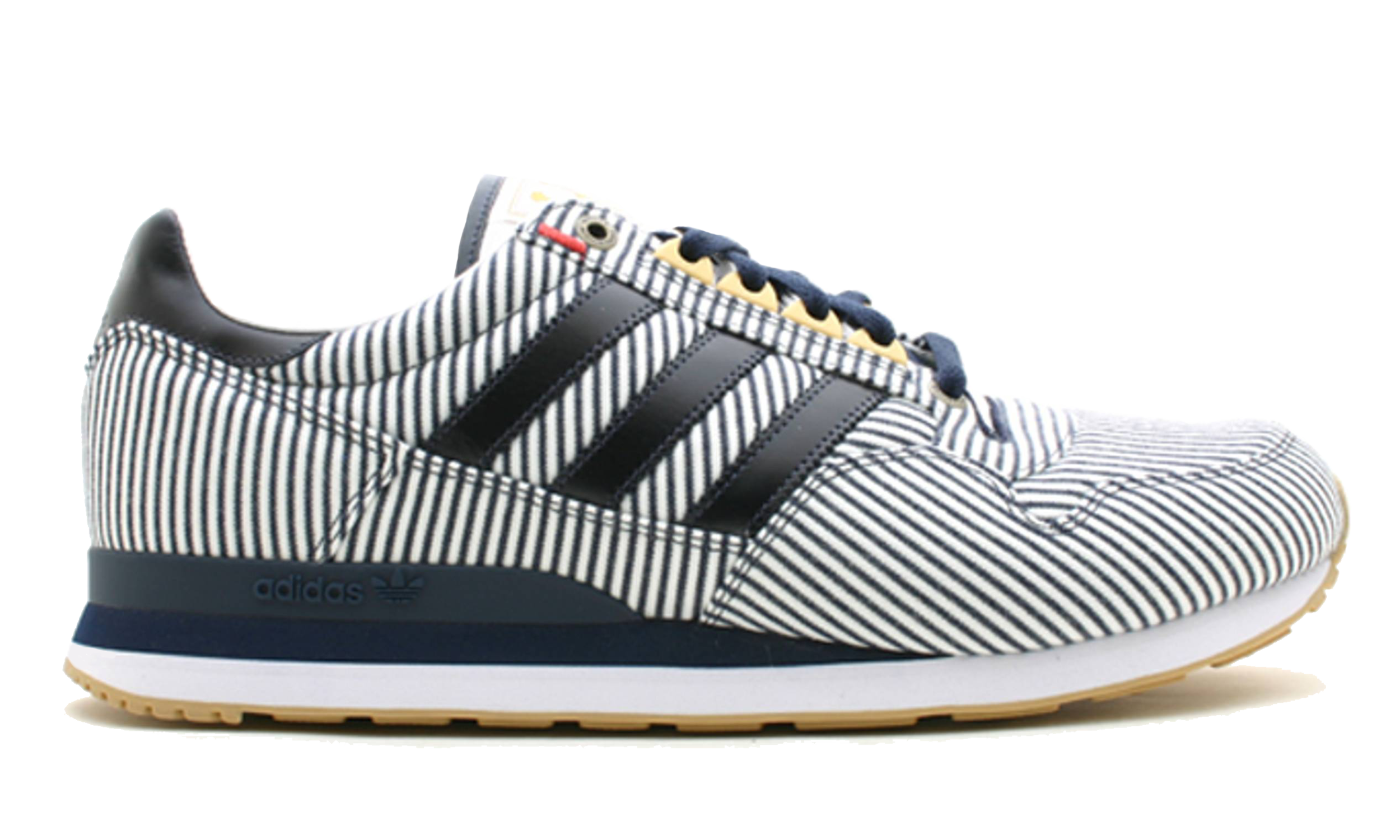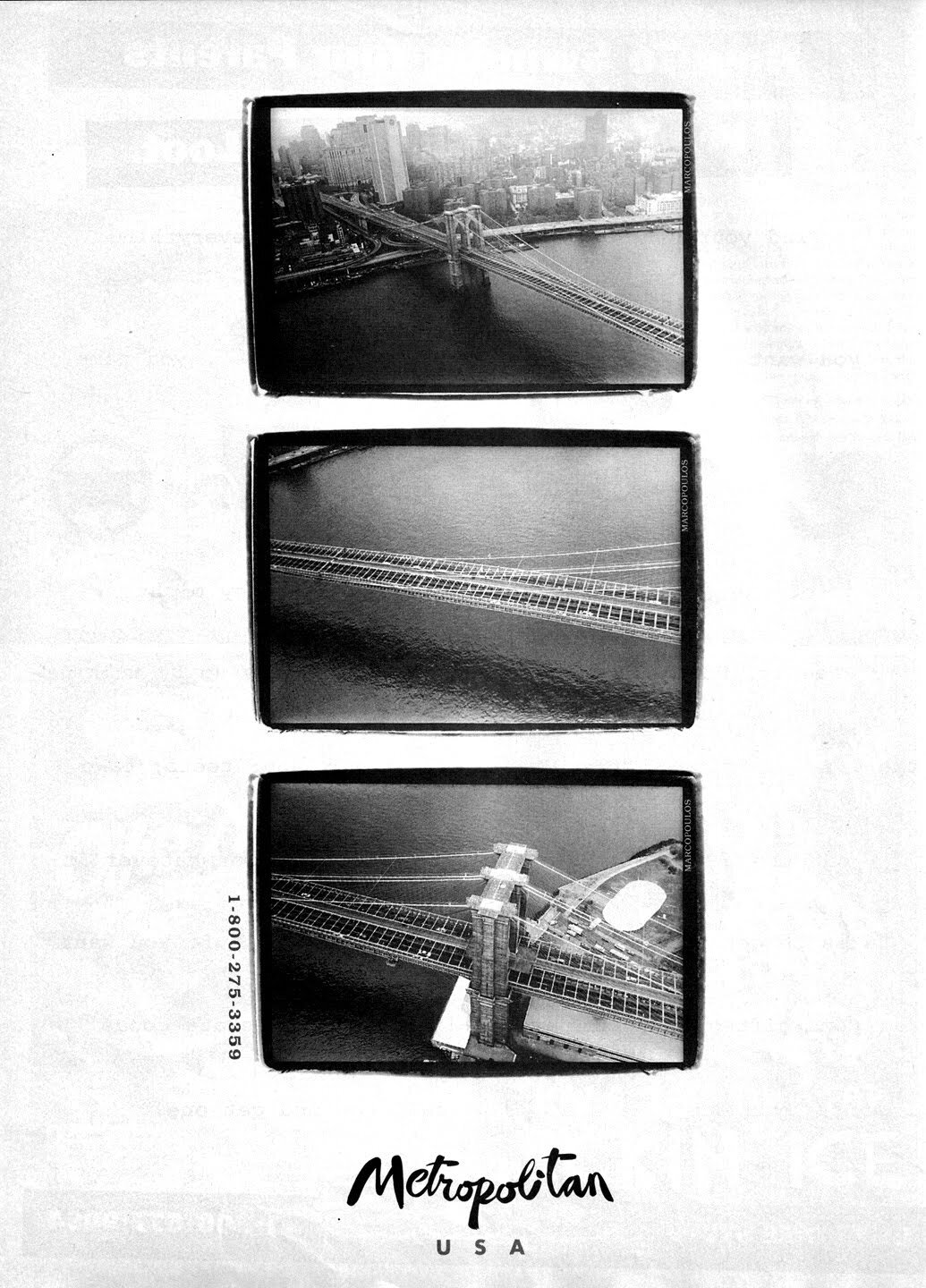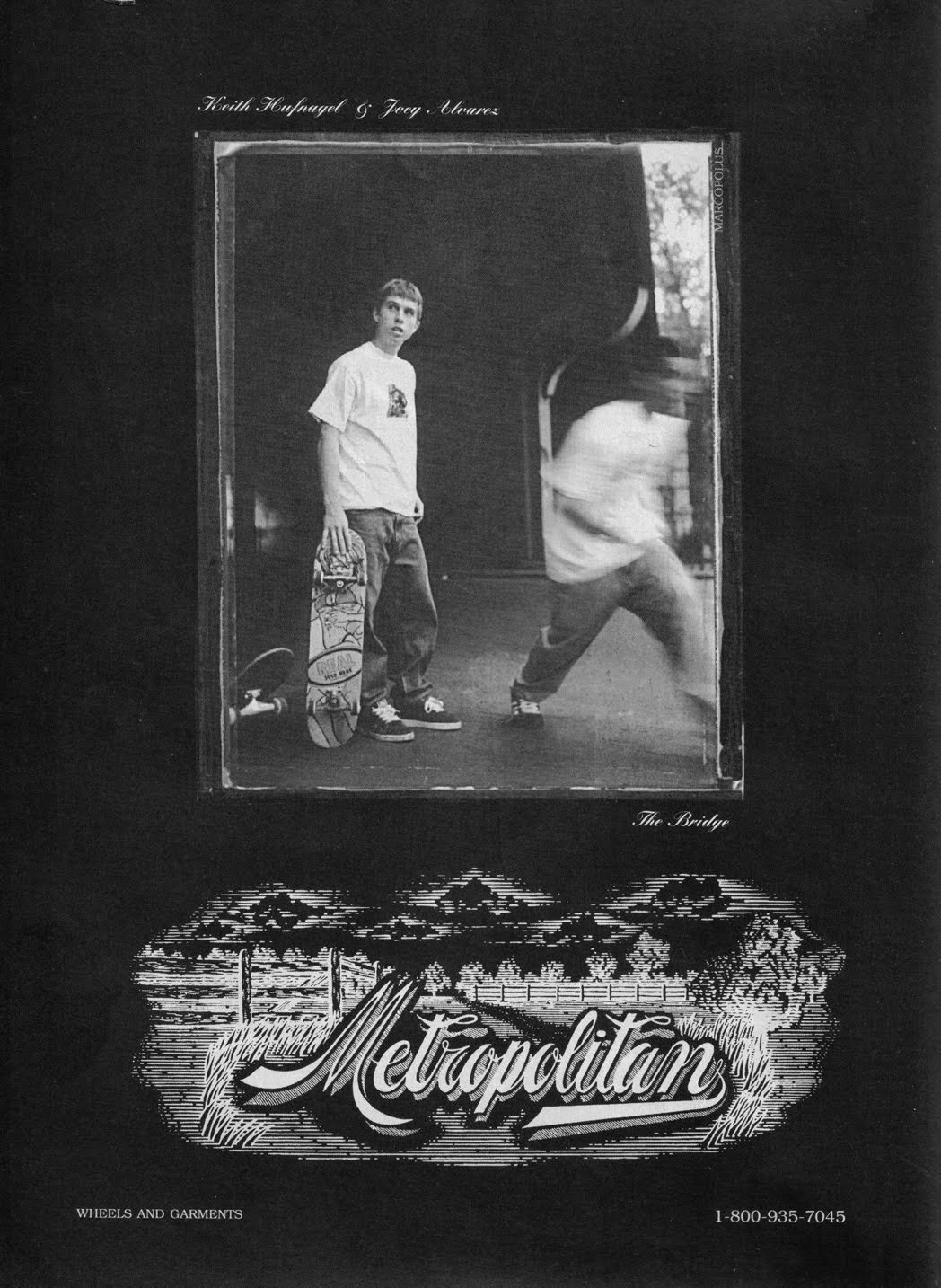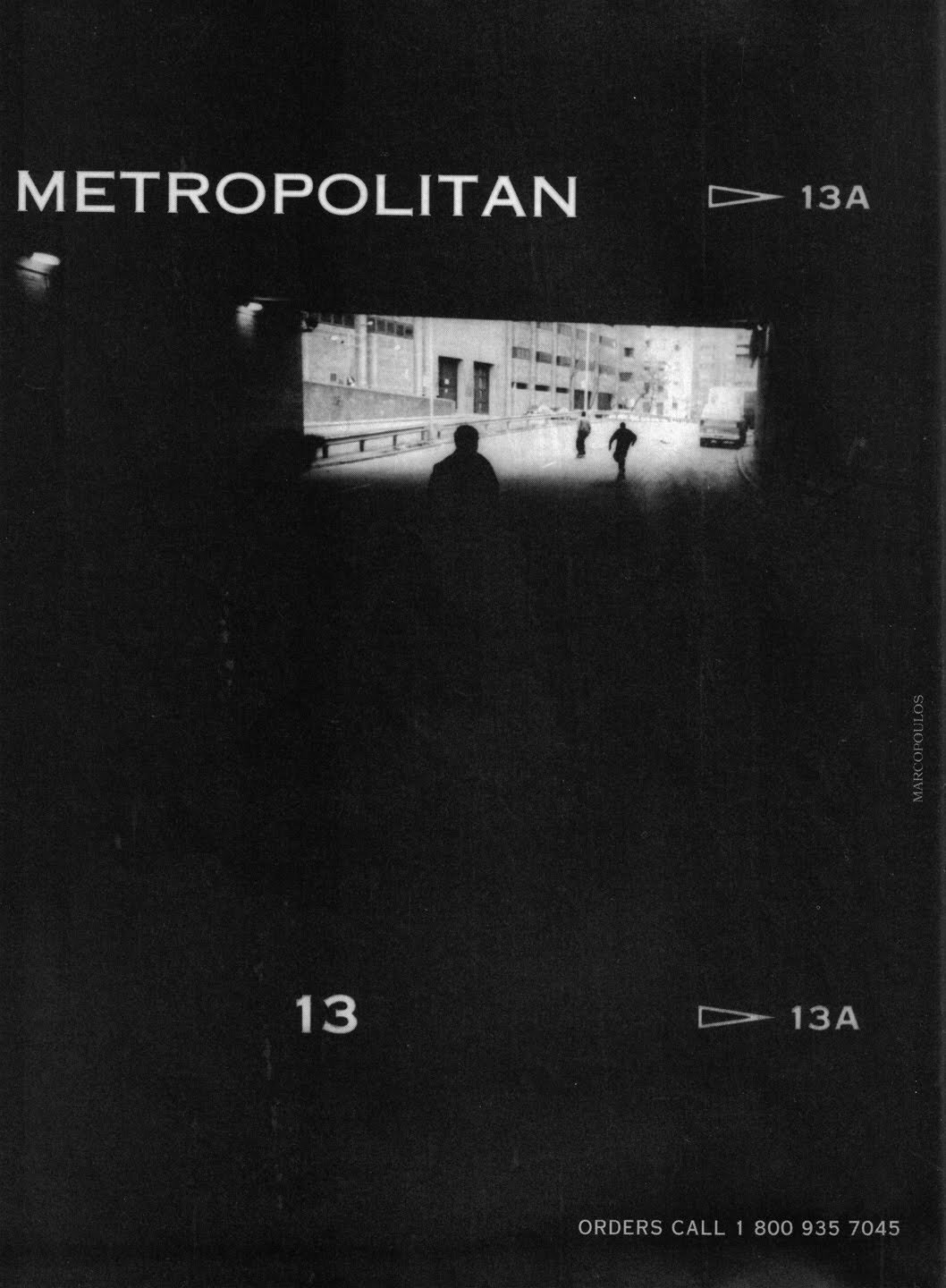Huf Forever
Hearing the news of Keith Hufnagel’s passing last week, I got really sad. Maybe, some tears came to my eyes watching the Berrics’ tribute video cut to Lucy Peach’s heartbreaking cover of Hanging on the Telephone. The guy always was a big source of inspiration for me personally. My first ever “real skateboard” (no pun intended) had a Keith Hufnagel deck that I got about ten or twelve years ago. When I started to take an interest in skateboarding in the late 2000s he was already an “OG” and once I went back to watch his old parts I always was impressed by his smooth, clean style and how he was able to combine that with determined speed. I also admired his personality. Relatively quiet as far as I could tell but always going for it; no showboating and all about getting shit done - do it right and move on. As Aaron Meza said in Huf’s Epicly Later’d episode, he was a “quiet dude, who skated well”. And how good he skated. In a way, he accompanied me on my trajectory of interests for over a decade. Once they started to slightly shift from skateboarding to sneakers and streetwear, there was Huf again, present as a key figure, doing his thing, succeeding, supporting others.
In terms of honoring a legacy, I would not be able to even come close to Anthony Pappalardo’s obituary. So instead I tried to assemble a compendium of Keith Hufnagel’s extensive and multidisciplinary body of work and give a brief overview.
““To think about Keith Hufnagel is to understand possibilities. Hufnagel opened up lanes with casual confidence, not declarations or plans, and his contributions to skateboarding and streetwear culture changed their entire landscapes. He quietly transformed both by molding them into visions closer to his own interests and tastes, and that internal compass carried effortlessly across his skating, brand-building, and friendships.””
Skateboarding
As a skater, Huf personified the east coast-west coast axis as a regular at iconic spots like New York’s Brooklyn Banks as well as the Embarcadero in San Francisco. After having grown up skating in New York, he made the move to San Francisco when Ron Allen started his company Fun Skateboards on the west coast and put him on the team. Shortly after, Huf turned pro for Fun but unfortunately the company did not do well enough as a whole to survive very long. Once his friends quit Fun and the whole company folded, he ended up on Real where he stayed for over 20 years. Legend has it that back then Jim Thibaud was so determined to get Huf on his team that he drove around San Francisco checking all relevant spots in search of a blond helmet-haired kid to convince him to ride for him. The video parts that Huf put out in the following years cemented his status as a skate legend.
His breakout part in the Penal Code video for the FTC Skateshop was not only surprising in terms of skating, but also considering the music choice. Huf shredded the San Francisco streets to Uptown Top Ranking by Althea & Donna. Looking back, the hook of the song with the lyric “no pop no style” seems like a no-brainer because there arguably are not many skaters with more pop and more style than Keith Hufnagel but back then it was quite controversial to put a Reggae song in a skate video. Aaron Meza who filmed and edited the video apparently thought so as well. “I had to fight for [the song], for sure”, Hufnagel said in a (really great and super detailed) Chrome Ball Interview. In Real’s Non-Fiction that released just a year later and DVS’ Skate More in the mid-2000s, he delivered two more iconic parts. Huf always skated with ferocious speed, had a smooth and effortless seeming (amazingly high) pop and maybe the cleanest Ollies ever. While his choice of spots was very diverse and interesting, generally speaking, he had a quite simplistic approach to skating without a huge bag of super-technical tricks. But as Jake Phelps said, “it is not about what trick you do, it is about how you do them”, and Huf did his really well.
HUF
First HUF store in San Francisco.
Source: Epicly Later’d
Pro-skating is largely a young man’s game and Huf knew he needed some kind of strategy to fall back on once he could not keep up with the grueling pace of professional skateboarding anymore. Also, he often said that that he was a little bit bored with skateboarding and its repetitiveness and therefore was looking for something else to do that excited him. After a brief stint of living in Los Angeles, he returned to San Francisco in 2002 and decided to open his namesake sneaker and streetwear store together with his then-wife Anne Freeman. He saw the starting days of Supreme in New York, rode for the short-lived Stüssy skate team, and recognized the global impact those brands and the streetwear culture around them had while traveling around the world on skate trips. Gradually the store became more and more successful and developed into a full-fledged streetwear brand with multiple stores, seasonal collections, and sneaker collaborations. In 2017, Hufnagel sold a 90% stake of HUF’s Japan business to investor firm Tadashi Saito’s Tsi Holdings for an estimated $63 million.
Especially the sneaker collaborations were very popular. They became important contributions to the Nike SB and Nike Air Max catalogs as well, even though as a skater he was never sponsored by the Swoosh. Back when his Air Max 1 collaborations released in the mid-2000s it might have seemed a little unfitting for a skate-centric brand like HUF to work on an Air Max, but Hufnagel always was a proponent of running silhouettes. On DVS, he was one of the first skaters to give his pro shoes a runner aesthetic. His deep passion for footwear later manifested when he decided to enter the skate footwear market with HUF. He put together an exceptional team around generational talents like Austyn Gilette and Dylan Rieder and gave them enough space for their personal visions and aspirations for skate footwear. Hufnagel once said about their efforts in the shoe market that they are “in the worst position as a shoe manufacturer. [..,] It’s not like a shoe you just walk in – these shoes need to get tested and tested repeatedly out there and make sure it can withstand rigorous skateboarding”. After having released their takes on classic skate silhouettes as well as outstanding experimental shoes like the Dylan Pro they stopped producing footwear towards the end of 2018 to focus on their apparel collections and collaboration capsules.
Metropolitan
Since HUF became a certified juggernaut of a company and internal processes naturally became more restricted, Keith Hufnagel was searching for another creative outlet. He found it in Metropolitan. Originally, in the early 90s, the brand was a wheel company distributed by Deluxe. They wanted to offer an east coast driven alternative to their Spitfire label. Besides a great selection of New York skaters on their roster (including Keith Hufnagel), Metropolitan stood out because of their black and white ads with photos by Ari Marcopoulos who looked at skateboarding with the eye of an “art photographer” instead of a classic “skate photography” perspective if that makes sense. They depicted New York street skating in a very raw form and were a refreshing alternative concept compared to traditional skate ads of the time. The logo by Todd Francis was also very distinctive and fit perfectly with the brand aesthetic. Unfortunately, the company was short-lived, because Deluxe decided to go forward with only one skate wheel brand and went with Spitfire. In 2016, Hufnagel decided to bring Metropolitan back as an apparel brand and put out very small runs of high quality (Made in the USA and Made in Canada), mostly logo-driven garments. The brand gained traction within the skate and streetwear circles and already put out two collaborative sneakers with adidas in the forms of a Superstar and a ZX8000.
“I like what HUF has been built up to now, but I really enjoy the beginning of the process in creating something. For me, I get that rush of starting something new by doing Metropolitan on the side. I don’t have anyone to answer to. If I want to do something that’s expensive and isn’t going to sell, I can. There are no rules at this stage. It’s a comfortable creative outlet. The HUF part is super fun, but it’s just at an entirely different level.””
Photograph by Ari Marcopoulos.
Source: HUF Worldwide
Rest in Peace Keith Hufnagel. 🌹
Sources:
The Chromeball Incident
Quartersnacks
Lodown
Acclaim
Hypebeast
Place Skateboard Culture
Thumbnail image:
Keith Hufnagel portrait.
Source: The Berrics



